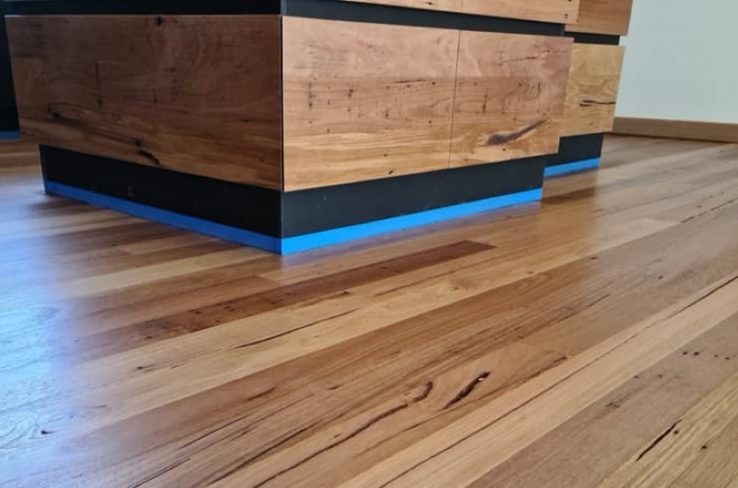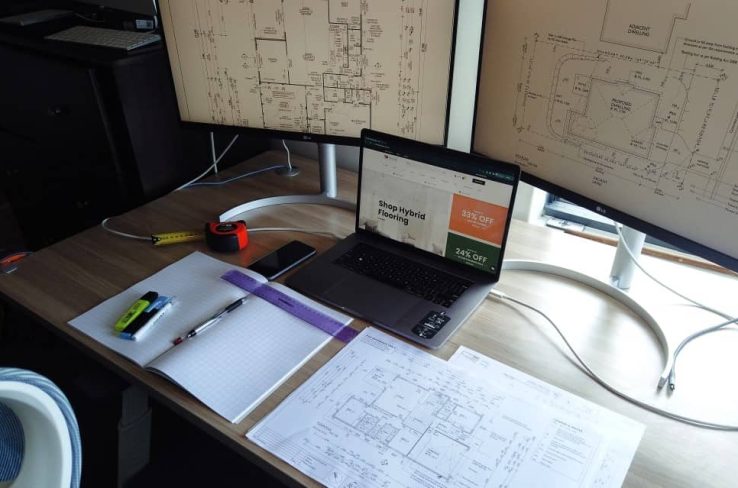Flooring Inspiration & Advice
Ready to update your flooring? Our team has decades of experience in the industry, so you've come to the right place to find the latest information about different types of floors, interior design, and much more.
Here you can read up on the latest design trends, DIY vs professional installation, care and maintenance, and much more. If you can't find what you're looking for, please reach out. We'd love to help.

















